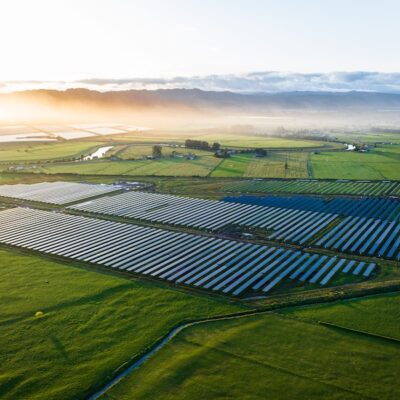Was COP26 a COP-OUT?
Dave Rouse attended COP26 and came away both inspired and disappointed. The tears of disappointment in the eyes of president Alok Sharma during his final speech, summed up the emotional rollercoaster […]
Dave Rouse attended COP26 and came away both inspired and disappointed.
The tears of disappointment in the eyes of president Alok Sharma during his final speech, summed up the emotional rollercoaster that has been COP26.
The challenge is upon us to solve climate change – our next generation is counting on us to act, especially now that we know our leaders can’t solve this alone.
The reason many now call it “COP-OUT 26” is that the agreement COP is all about (Paris Agreement and now Glasgow Pact) is an agreement based on the lowest common denominator. Nobody wants to lose members – so when India says “we actually don’t want to commit to phasing out coal” the rest of the world has to either boot them out, or accept this as a compromise for India agreeing to a few other items.
The same goes for just about every part of this agreement.
As a New Zealand business delegate at COP26, I was confronted with the brutal truth that our Governments aren’t able to fix climate change with policy based on a document of lowest common denominators. In fact, since COP first began, emissions have INCREASED by 27.6 percent. Emissions are generated mostly by commercial activity, rather than governments, so it makes sense we as business leaders take on more of the responsibility if we want our kids to live in a reasonable environment.
Behind the scenes it’s been truly inspirational to see the efforts that have gone in – both in the business front, as well as the policy negotiations that ran into the early hours of the morning to try and increase the pace of climate action.
The role of business in reductions, and the voluntary carbon offsetting market
While it’s great to see the various business advocacy groups participating and making ESG commitments on behalf of members, it’s very apparent that consumers are the primary drivers of change here. Businesses are chasing the shifting consumer dollar with strong environmental actions to attract and retain this moving market. And the market is moving faster than ever before, which is rewarding these actions.
According to COP26 management, 2021 saw almost double the business presence compared to previous years, with collaborative organizations like WWF and WBCSD helping to bridge cross-sector initiatives globally to help business sectors take meaningful action, and help them to capitalize on this action.
What can we expect next?
Firstly the market will continue on the current rapid trajectory, where consumers are being more picky about where they purchase from and the environmental ethics behind brands.
Consumers are wising up to greenwashing, and this is why we are seeing demand rise for carbon credits from high quality projects (such as regenerating native bush), despite these being much higher in price. Consumers want to know that “Carbon Zero” is not an accounting term or a tick box, its actually making a tangible difference they can see and learn about. We’ve seen a 25 percent growth in just one quarter of the demand for these projects.
Between now and the next COP a lot of work needs to be done, including Saudi coming to the party on oil and gas (conversations diverted craftily to coal this time around), social aspects (indigenous rights, gender equality, loss & damages, finance for developing nations), and lobbying China, the US and India to return to the initial commitments of a “phase out” of coal. We’ll see pressure on primary manufacturers and agriculture to cut emissions aggressively and to prove what they are doing as part of tender evaluations and purchasing activity.
Offsetting will play a critical role in helping to quickly resolve climate, social, and biodiversity outcomes that haven’t been addressed through reduction measures. We all collectively need to continue to reduce consumption and emissions, and innovate alternatives. We see the biggest success where a business focuses on reductions and offers customers the choice to voluntarily offset the rest.
CarbonClick provides the entire system for carbon offsetting at point of sale, via e-commerce. From the little “offset” tick box option you see when purchasing a flight, to the little green button on many e-commerce stores of sustainable brands, allowing you as a consumer to add a meaningful offset contribution to your purchase.
We carefully audit and select certified carbon offset projects that share social and biodiversity values that align with other charity goals such as WWF and Childfund. We also provide a full “track and trace” audit trail so you can see that your offset contribution has instantly been received by these projects. This provides a sense of relief, empowerment, and ‘feel-good’ factor for consumers, who have traditionally donated this money into a black hole, hoping it would reach the projects as claimed.
CarbonClick has now helped more than 900 businesses and 105,000 individuals; offsetting 29 million kilograms of CO2, which equates to about 1.4 million trees.
Dave Rouse is CEO of CarbonClick, which connects millions of people worldwide to projects that help reduce carbon emissions and restore nature. www.carbonclick.com






